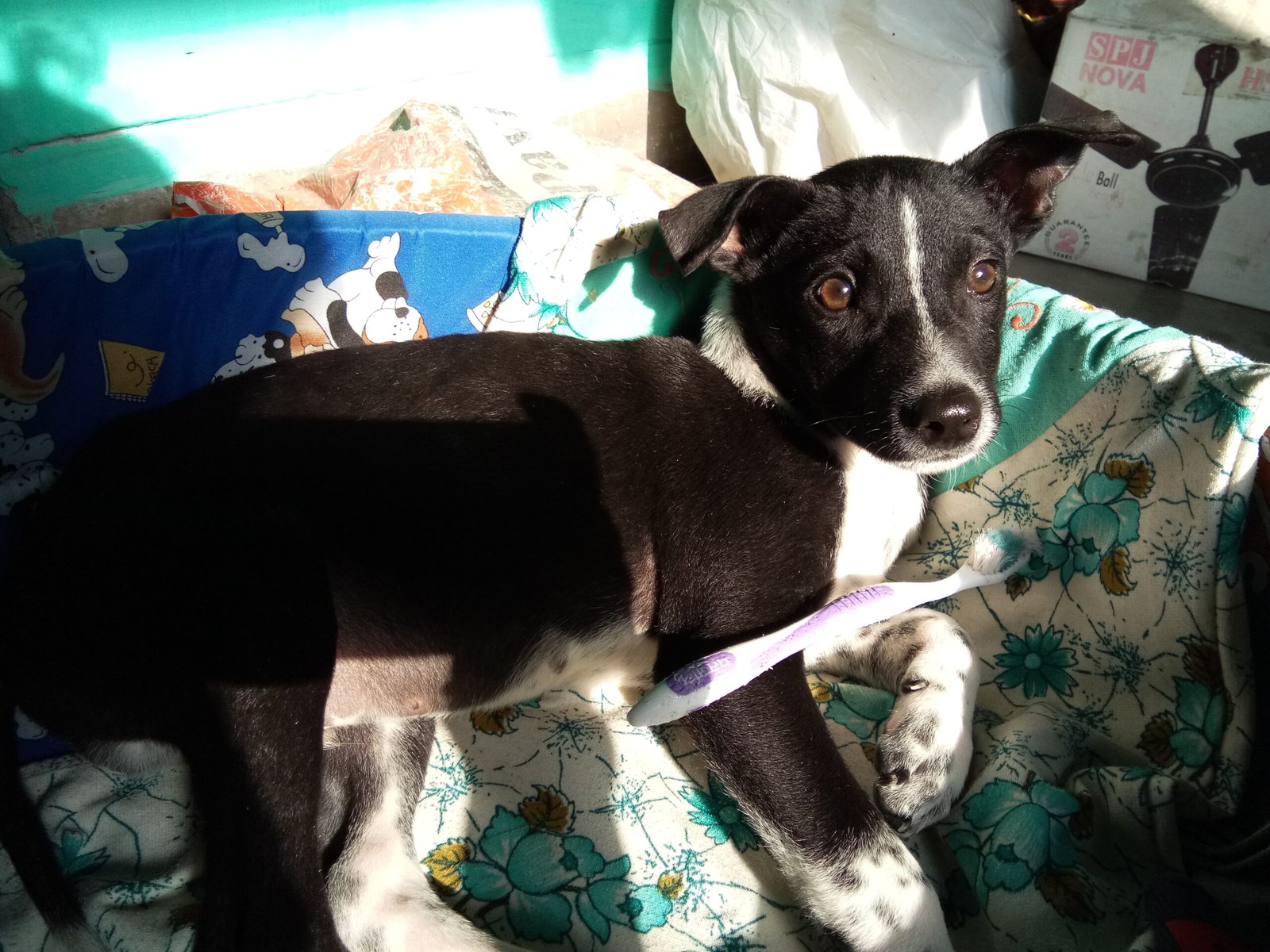Welcoming a rescue dog into your home is a heartwarming experience. But when you already have other dogs, the task becomes slightly more intricate. Dogs, much like humans, have their own personalities, quirks, and boundaries. Introducing a new member into this dynamic requires patience, understanding, and a bit of strategy. The importance of a smooth introduction cannot be overstated, as it sets the tone for future interactions and bonds. So, if you’re planning to bring home a rescue dog, here’s a comprehensive guide to help you through the process.
Understanding Canine Dynamics
Before diving into the introduction process, it’s essential to understand the dynamics of canine social behavior. Dogs live in a structured social world, often guided by instincts and past experiences. Just like humans, they have their own hierarchy and social rules. When introducing a new dog, the existing dogs might feel their territory is being encroached upon. It’s vital to recognize that some dogs may be naturally more dominant, while others might be more submissive. Ensuring that you respect these dynamics will make the transition smoother. Observing your dogs’ behavior and understanding their triggers can help in managing the introduction process efficiently.
Preparing the Environment
Before bringing the rescue dog home, it’s crucial to prepare a neutral environment for the initial meeting. A neutral space, like a park or a friend’s backyard, reduces territorial instincts and allows for a more relaxed introduction. Ensure that the area is secure and free of distractions. Remove favorite toys or food bowls that might become points of contention. Think of it as setting the stage for a play; the fewer distractions, the better the performance. By preparing the environment, you’re setting your dogs up for success, ensuring they start on the right paw.
First Impressions Matter

The first meeting between your existing dogs and the rescue dog is pivotal. Begin by keeping the dogs on leashes, allowing them to sniff and observe each other from a distance. This initial sniffing is their way of getting to know each other, much like a handshake for humans. It’s essential to remain calm and composed during this process, as dogs can sense and mirror human emotions. If you notice any signs of aggression or discomfort, increase the distance and try again. Remember, patience is key. Rushing this process can lead to misunderstandings and conflicts.
Gradual Integration
Once the initial introductions are smooth, it’s time for gradual integration. Begin by allowing short, supervised interactions in a controlled environment. Watch for any signs of dominance or submission. If all goes well, gradually increase the duration of these interactions. Think of it as dating; start with short coffee dates before moving on to longer dinners. Always ensure that these meetings are positive experiences, filled with treats and praise. Gradual integration ensures that both the rescue and existing dogs have time to adjust and accept each other’s presence.
Establishing Boundaries
Every household has its rules, and dogs need to understand them too. Once the rescue dog is introduced, it’s essential to establish boundaries. Whether it’s specific sleeping areas, feeding times, or play zones, consistency is crucial. Dogs thrive on routine and predictability. Ensure that each dog has its own space to retreat to when needed. This not only prevents potential conflicts but also provides a sense of security for all dogs involved. By setting boundaries, you’re ensuring that your household remains harmonious and that each dog knows its place.
Monitoring Behavior
Even after the introduction, it’s vital to monitor the behavior of all dogs involved. Look for any signs of aggression, anxiety, or discomfort. Remember, introducing a new member is a significant change, and adjustments take time. If you notice any concerning behavior, it might be worth consulting with a dog behaviorist. Regular monitoring ensures that any potential issues are addressed promptly, preventing long-term conflicts. Think of it as being a referee, ensuring that the game remains fair and enjoyable for everyone.
Building Trust and Bonds
Building a bond between your rescue dog and existing dogs requires time and effort. Engage them in group activities, like walks or play sessions, to foster camaraderie. Celebrate small victories, like shared playtimes or naps. Think of it as building a friendship; it requires shared experiences and mutual respect. Building trust ensures that your dogs see each other as companions rather than competitors. With time, patience, and love, your dogs will form a bond that enhances their lives and yours.
Seeking Professional Help

Sometimes, despite your best efforts, introductions don’t go as planned. If tensions persist or escalate, seeking professional help is advisable. Dog trainers or behaviorists can provide insights and strategies tailored to your specific situation. They can help decode canine behavior and offer solutions that you might not have considered. Remember, seeking help is not a sign of failure but a commitment to ensuring the well-being of all dogs involved. Professional guidance can make a world of difference in achieving a harmonious household.
Introducing a rescue dog into a home with existing dogs is a journey filled with challenges and rewards. By following these steps, you can ensure a smooth transition and foster a loving environment for all your furry friends.

Andrew Alpin from India is the Brand Manager of Doggo digest. Andrew is an experienced content specialist and social media manager with a passion for writing. His forte includes health and wellness, Travel, Animals, and Nature. A nature nomad, Andrew is obsessed with mountains and loves high-altitude trekking. He has been on several Himalayan treks in India including the Everest Base Camp in Nepal.





